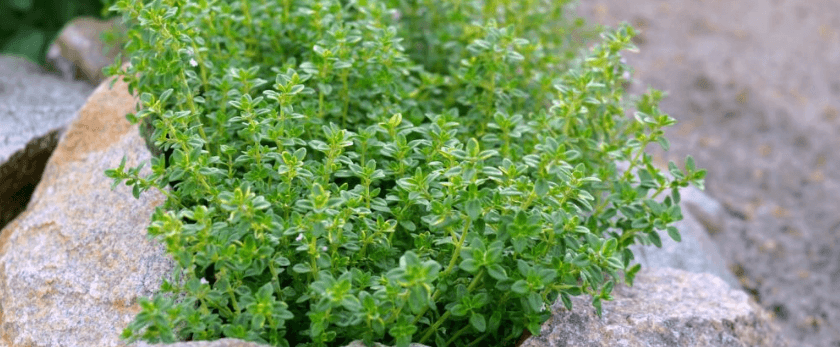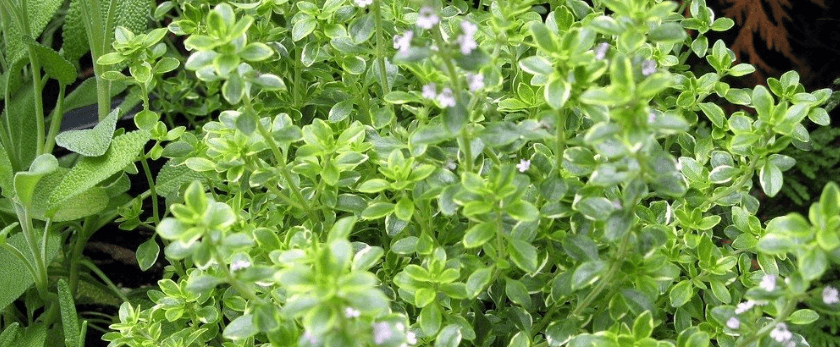Lemon thyme is a popular herb that is not only delicious but also easy to grow. It is a versatile herb that can be used in cooking, as a natural remedy, and even as a fragrant addition to your garden. In this article, we will discuss how to grow and care for lemon thyme, the best time to grow it, and common problems that may arise.
How to Care for Lemon Thyme
Watering
Lemon thyme is a drought-tolerant herb, meaning it can survive with minimal watering. However, it is important to keep the soil consistently moist, especially during the first few weeks after planting. Once established, lemon thyme only needs to be watered when the top inch of soil is dry. Overwatering can lead to root rot, so it is important to not let the soil become waterlogged.
Light
Lemon thyme thrives in full sun, so it is important to choose a spot in your garden that receives at least 6-8 hours of sunlight per day. If you are growing lemon thyme indoors, place it near a south-facing window to ensure it receives enough sunlight. Lack of sunlight can cause the plant to become leggy and weak.
Soil
Lemon thyme prefers well-draining soil that is slightly alkaline with a pH level of 6.5-7.5. If your soil is too acidic, you can add lime to raise the pH level. You can also mix in some compost or organic matter to improve the soil's texture and nutrient content.
Fertilizer
Lemon thyme does not require much fertilizer, but you can give it a boost by adding a balanced fertilizer once a month during the growing season. Avoid using high-nitrogen fertilizers, as they can promote leaf growth at the expense of flavor.
Pruning
Pruning is an important part of caring for lemon thyme. Regular pruning not only helps to maintain the plant's shape but also encourages new growth and prevents the plant from becoming woody. You can prune lemon thyme by cutting off the top 1/3 of the plant with clean, sharp scissors. This will also help to promote a bushier, more compact plant.

What is the Best Time to Grow Lemon Thyme?
Lemon thyme can be grown year-round in mild climates, but it is best to plant it in the spring after the last frost. This will give the plant enough time to establish itself before the hot summer months. In colder climates, you can start lemon thyme indoors and transplant it outside once the weather warms up.
Common Problems with Lemon Thyme
Pests
Lemon thyme is generally pest-resistant, but it can occasionally be affected by aphids, spider mites, and whiteflies. These pests can be controlled by spraying the plant with a mixture of water and mild soap. You can also introduce beneficial insects like ladybugs to your garden to help control pest populations.
Diseases
Lemon thyme is susceptible to root rot if the soil is too wet. To prevent this, make sure to water the plant only when the top inch of soil is dry. Powdery mildew can also be a problem, especially in humid conditions. To prevent this, make sure to provide good air circulation around the plant and avoid overhead watering.
Wilting
If your lemon thyme plant is wilting, it could be a sign of underwatering or root rot. Check the soil moisture and adjust your watering schedule accordingly. If the plant is wilting despite being watered properly, it could be a sign of root rot, and you may need to repot the plant in fresh, well-draining soil.
Conclusion
Lemon thyme is a versatile and easy-to-grow herb that can add a burst of flavor to your cooking and a lovely fragrance to your garden. By following these care tips and addressing any problems that may arise, you can enjoy a healthy and thriving lemon thyme plant. So why not add this herb to your garden and enjoy its many benefits? Happy growing!










